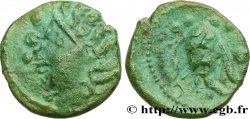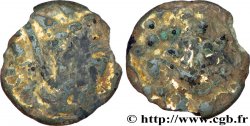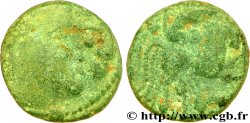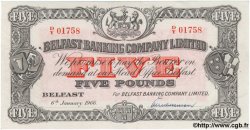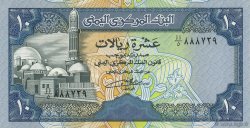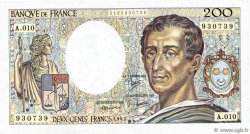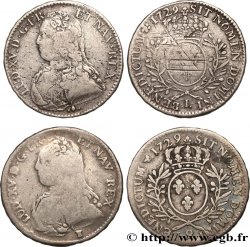v15_1253 - GALLIA BELGICA - AMBIANI (Regione di Amiens) Bronze “aux abeilles”
MONNAIES 15 (2002)
Начальная цена : 155.00 €
Назначить цену : 300.00 €
непроданный лот
Начальная цена : 155.00 €
Назначить цену : 300.00 €
непроданный лот
Тип Bronze “aux abeilles”
Дата: c. 60-40 AC.
Монетный двор / Город: Amiens (80)
Металл: bronze
Диаметр: 17,5 mm
Ориентация осей монеты: 8 h.
Вес: 2,50 g.
Редкость: R2
Комментарии о состоянии
Exemplaire sur un flan large avec une très belle patine verte avec un droit très particulier
Ссылки в каталоге: :
Лицевая сторона
Аверс: легенда: ANÉPIGRAPHE.
Аверс: описание: Grand buste à gauche avec un torque au cou ; devant la face, deux cercles centrés avec queue triple.
Обратная сторона
Реверс: легенда: ANÉPIGRAPHE.
Реверс: Описание: Cheval galopant à gauche surmonté d'un aurige tenant les rênes ; un animal serpentiforme entre les jambes du cheval.
Комментарий
Le type du buste, avec la poitrine en avant, fait penser au denier rème ATEVLA/VLATOS (MONNAIES XV, n° 1280). Le prototype de ce bronze pourrait être le denier de C. Licinius Macer frappé en 84 avant J.-C. (RRC. 354/1 = RCV. 274). Le buste n’est pas identique à celui du LA TOUR (LT. 8399-8397), mais le revers y correspond tout à fait, avec “l’animal serpentiforme” ou “la tête de capridé” qui y est bien similaire.
The type of the bust, with the chest forward, is reminiscent of the Remi denarius ATEVLA/VLATOS (COINS XV, no. 1280). The prototype of this bronze could be the denarius of C. Licinius Macer struck in 84 BC (RRC. 354/1 = RCV. 274). The bust is not identical to that of the LA TOUR (LT. 8399-8397), but the reverse corresponds perfectly, with the “serpentine animal” or “caprid head” which is very similar.
The type of the bust, with the chest forward, is reminiscent of the Remi denarius ATEVLA/VLATOS (COINS XV, no. 1280). The prototype of this bronze could be the denarius of C. Licinius Macer struck in 84 BC (RRC. 354/1 = RCV. 274). The bust is not identical to that of the LA TOUR (LT. 8399-8397), but the reverse corresponds perfectly, with the “serpentine animal” or “caprid head” which is very similar.







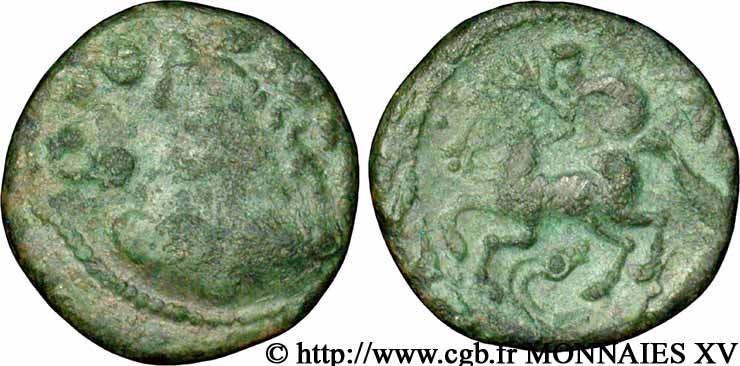
 Cообщить об ошибке
Cообщить об ошибке Распечатать страницу
Распечатать страницу Отправить мой выбор
Отправить мой выбор Задать вопрос
Задать вопрос Consign / sell
Consign / sell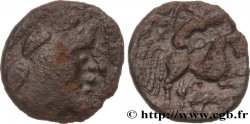
 Информация
Информация